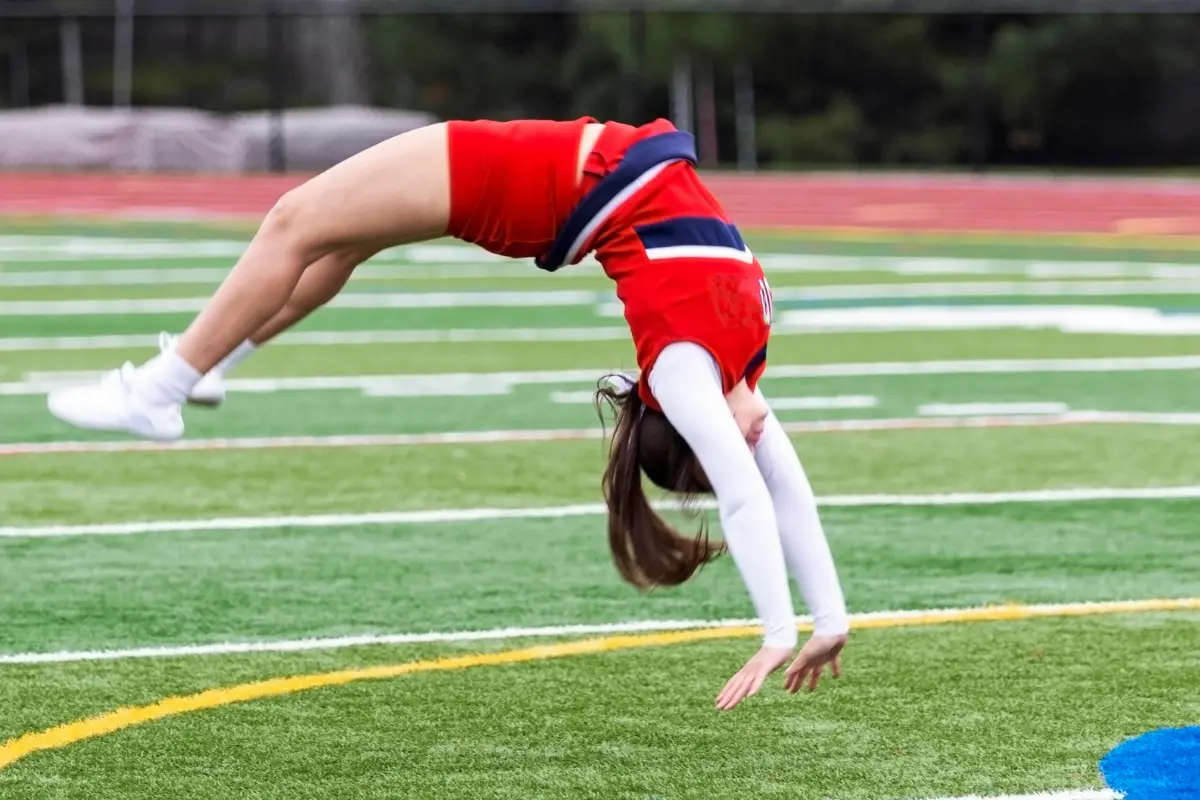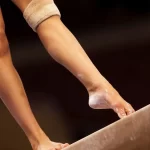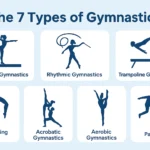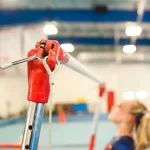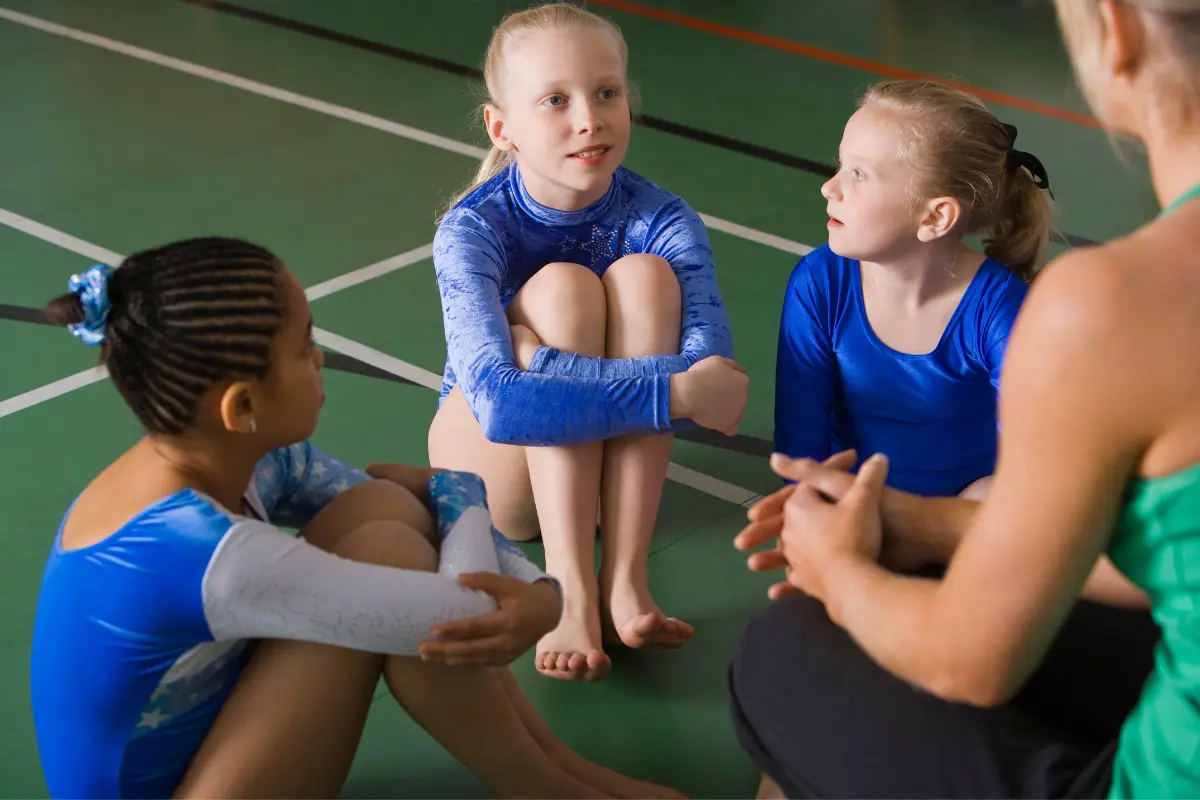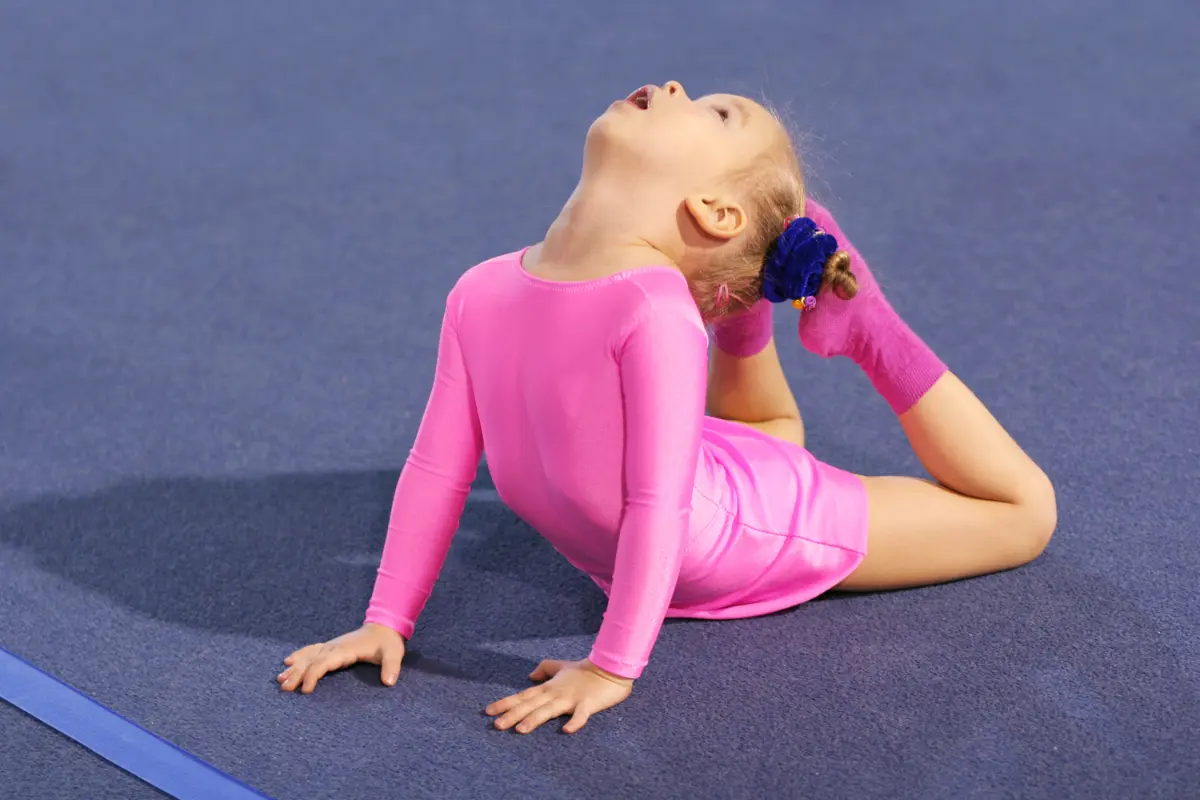Tumbling is an exciting and dynamic discipline often linked with gymnastics. It involves acrobatic skills like flips, twists, and handsprings, all done with speed and power. But while tumbling plays a big role in gymnastics, it’s not the same thing.
What is Gymnastics?
Gymnastics is a broad sport that encompasses a wide range of disciplines, each showcasing different combinations of strength, flexibility, balance, coordination, and artistry. The sport is divided into two main categories in the Olympics: artistic gymnastics and rhythmic gymnastics.
What is Tumbling?
Tumbling refers to a specific set of acrobatic skills performed on a flat, spring-loaded mat. These acrobatic maneuvers include flips, twists, and somersaults, which require speed, power, and precision. Unlike other gymnastics disciplines, tumbling is defined by continuous aerial skills that do not require apparatus.
Key Tumbling Skills:
- Flips: A gymnast rotates their body in the air, performing multiple rotations.
- Twists: Gymnasts rotate around their vertical axis, adding an extra layer of complexity.
- Handsprings: A powerful push-off from the ground, followed by a backward flip or somersault.
Tumbling can range from basic movements, such as rolls, to advanced aerial tricks like back handsprings, double backflips, and twists. The higher the complexity and precision, the more challenging the tumbling skill becomes.
Tumbling in Gymnastics
Tumbling is an essential element of several gymnastics disciplines, particularly in the floor exercise event. Tumbling is also a standalone discipline called Tumbling Gymnastics, which focuses exclusively on acrobatic floor routines.
1. Tumbling in Artistic Gymnastics
In artistic gymnastics, tumbling is a crucial part of the floor exercise. Gymnasts perform choreographed routines that combine tumbling passes with elements of dance, balance, and flexibility. Tumbling passes are typically the most dynamic and challenging segments of a floor routine, showcasing the athlete’s strength and acrobatic ability.
Notable Tumbling Skills on Floor:
- Back handspring
- Round-off back handspring back tuck
- Double backflip
- Triple twist
These acrobatic skills, performed with power and precision, are often the climax of a gymnast’s floor routine.
2. Tumbling in Trampoline and Tumbling (T&T) Gymnastics
Trampoline and Tumbling (T&T) is a specialized discipline within gymnastics, which includes three events: trampoline, synchronized trampoline, and tumbling. Tumbling is a central element of T&T, where gymnasts perform sequences of acrobatic skills on a spring-loaded mat.
- Trampoline Gymnastics: Gymnasts perform a series of flips, twists, and somersaults while bouncing on a trampoline. The goal is to achieve maximum height and precision in each move. Routines are typically composed of 10 elements, with the gymnast needing to maintain form and execution throughout.
- Synchronized Trampoline: This event involves two gymnasts performing identical routines on separate trampolines, requiring perfect synchronization and coordination.
- Tumbling in T&T: Tumbling in T&T differs from the artistic gymnastics floor exercise because it focuses solely on acrobatic skills performed on a spring-loaded mat. Gymnasts run down a track and execute a series of flips, twists, and somersaults, aiming to link several acrobatic movements together in a seamless sequence. These routines are longer than floor exercise routines and prioritize speed, fluidity, and complexity.
Key Differences Between Artistic Gymnastics Tumbling and T&T Tumbling
Though both types of tumbling involve flips, twists, and other acrobatic skills, they differ in some key ways:
- Surface: Tumbling in artistic gymnastics is typically performed on a floor exercise mat, while in T&T gymnastics, a spring-loaded mat is used to propel gymnasts higher into the air.
- Routine Length: Tumbling in T&T involves longer sequences, often ranging from 6 to 10 consecutive acrobatic maneuvers, whereas artistic gymnastics tumbling is just one part of a broader, more varied routine that includes dance and artistic elements.
- Focus: Tumbling in T&T is solely focused on executing acrobatic movements, while artistic gymnastics tumbling is part of a balanced routine that incorporates strength, flexibility, artistry, and acrobatics.
| Feature | Artistic Gymnastics Tumbling | T&T Tumbling |
|---|---|---|
| Surface | Performed on a floor mat | Performed on a spring-loaded mat or track |
| Routine Length | Part of a longer floor routine with dance and balance | Focused purely on acrobatic moves in a series |
| Focus | Combines acrobatics with dance and artistry | Focuses only on speed, power, and acrobatics |
| Type of Skills | Includes flips and twists mixed with balance and strength | Series of connected flips, twists, and somersaults |
Tumbling Outside of Gymnastics: Other Sports
Tumbling is not only a vital element of gymnastics but also plays a significant role in several other sports and activities, including:
- Acrobatic Gymnastics: In this discipline, pairs or groups of gymnasts perform synchronized routines that involve lifting, tossing, and catching one another, as well as executing tumbling maneuvers.
- Cheerleading: Tumbling is a central part of cheerleading routines, with athletes performing flips, back handsprings, back tucks, and other acrobatic tricks, often combined with stunts and jumps. These skills showcase the athletes’ agility, strength, and coordination.
- Parkour: In parkour, athletes navigate obstacles using acrobatic movements like flips, rolls, and twists. Tumbling skills are incorporated into parkour routines to clear obstacles efficiently and creatively.
Conclusion
Tumbling is a key part of gymnastics, but it’s not the same thing as gymnastics. While gymnastics includes various skills like balance, strength, and artistry, tumbling focuses on acrobatic moves like flips and twists. Tumbling plays a major role in events like the floor exercise in artistic gymnastics and also exists as its own discipline in Trampoline and Tumbling.
